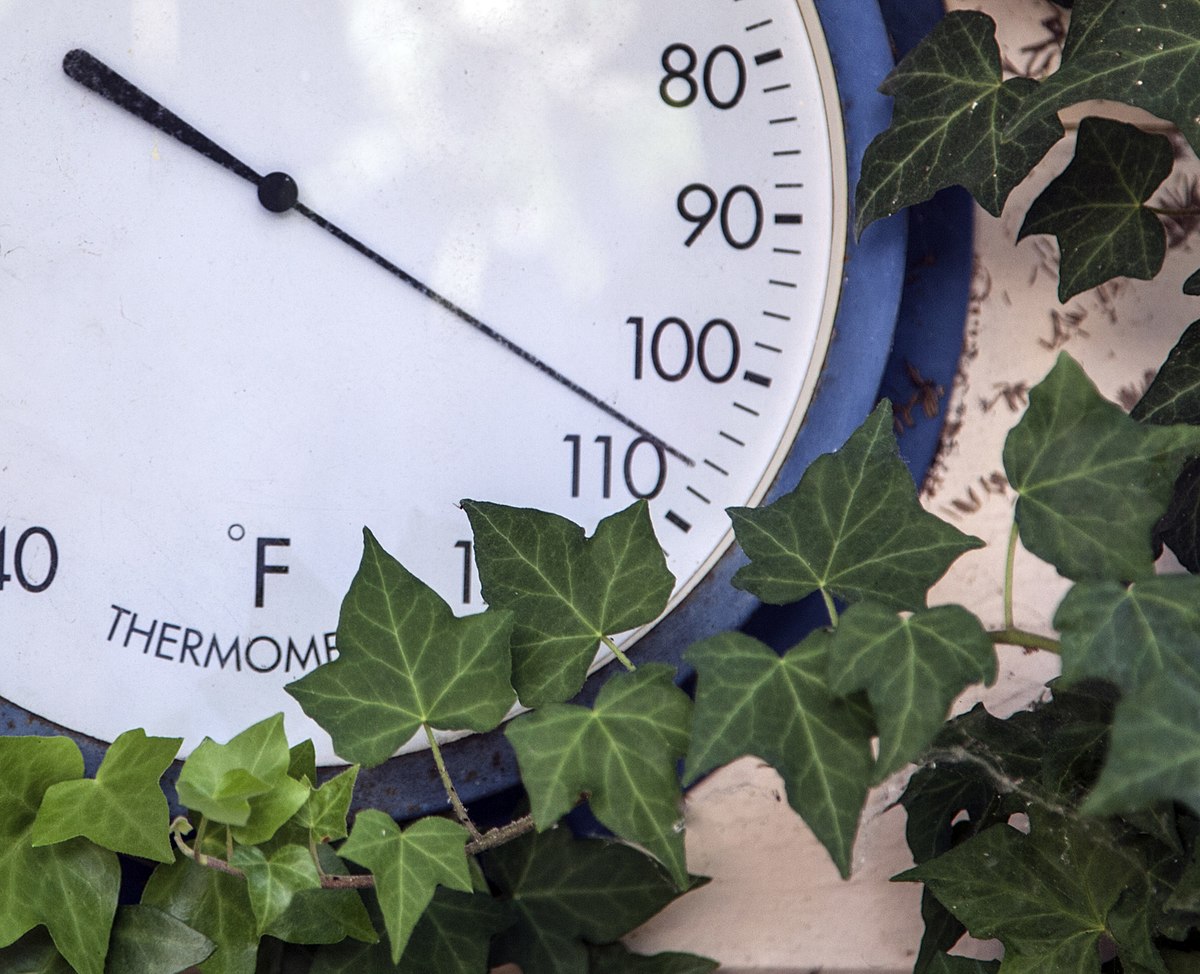Presented By Rathkamp Financial
With projected heat indices forecast to be in triple-digits Tuesday through Thursday of this week, health officials are concerned for those that might need to work outdoors during this stretch of extremely hot temperatures.
Here are some tips and other information from the Occupational Health and Safety Administration.
Factors that May Cause Heat-related Illness
• High temperature and humidity
• Low fluid consumption
• Direct sun exposure (with no shade) or extreme heat
• Limited air movement (no breeze or wind)
• Physical exertion
• Use of bulky protective clothing and equipmentz
• Poor physical condition or ongoing health problems
• Some medications
• Lack of previous exposure to hot workplaces
• Previous heat-related illness
Heat Stroke is the most serious heat-related health problem. Heat stroke occurs when the body’s temperature-regulating system fails and body temperature rises to critical levels (greater than 104°F). This is a medical emergency that may result in death! The signs of heat stroke are confusion, loss of consciousness, and seizures. Workers experiencing heat stroke have a very high body temperature and may stop sweating. If a worker shows signs of possible heat stroke, get medical help immediately, and call 911. Until medical help arrives, move the worker to a shady, cool area and remove as much clothing as possible. Wet the worker with cool water and circulate the air to speed cooling. Place cold wet cloths, wet towels, or ice all over the body or soak the worker’s clothing with cold water.
Heat Exhaustion is the next most serious heat-related health problem. The signs and symptoms of heat exhaustion are headache, nausea, dizziness, weakness, irritability, confusion, thirst, heavy sweating, and a body temperature greater than 100.4°F. Workers with heat exhaustion should be removed from the hot area and given liquids to drink. Remove unnecessary clothing including shoes and socks. Cool the worker with cold compresses to the head, neck, and face or have the worker wash his or her head, face, and neck with cold water. Encourage frequent sips of cool water. Workers with signs or symptoms of heat exhaustion should be taken to a clinic or emergency room for medical evaluation and treatment. Make sure that someone stays with the worker until help arrives. If symptoms worsen, call 911 and get help immediately.
Heat Cramps are muscle pains usually caused by physical labor in a hot work environment. Heat cramps are caused by the loss of body salts and fluid during sweating. Workers with heat cramps should replace fluid loss by drinking water and/or carbohydrate-electrolyte replacement liquids (e.g., sports drinks) every 15 to 20 minutes.
Heat Rash is the most common problem in hot work environments. Heat rash is caused by sweating and looks like a red cluster of pimples or small blisters. Heat rash usually appears on the neck, upper chest, in the groin, under the breasts and in elbow creases. The best treatment for heat rash is to provide a cooler, less humid work environment. The rash area should be kept dry. Powder may be applied to increase comfort. Ointments and creams should not be used on a heat rash. Anything that makes the skin warm or moist may make the rash worse.
Work Practices to Prevent Heat-related Health Effects
• Train workers and supervisors about the hazards leading to heat stress and ways to prevent them.
• Allow workers to get used to hot environments by gradually increasing exposure over a 5-day work period. Begin with 50% of the normal workload and time spent in the hot environment and then gradually build up to 100% by the fifth day. New workers and those returning from an absence of two weeks or more should have a 5-day adjustment period.
• Provide workers with plenty of cool water in convenient, visible locations close to the work area. Water should have a palatable (pleasant and odor-free) taste and water temperature should be 50- 60°F if possible.
• Remind workers to frequently drink small amounts of water before they become thirsty to maintain good hydration. Simply telling them to drink plenty of fluids is not sufficient. During moderate activity, in moderately hot conditions, at least one pint of water per hour is needed. Workers should drink about 6 ounces or a medium-sized glass-full every 15 minutes. Instruct workers that urine should be clear or lightly colored.
• Be aware that it is harmful to drink extreme amounts of water. Workers should generally not drink more than a total of 12 quarts of fluid in 24 hours.
• Reduce the physical demands of the job, such as excessive lifting, climbing, or digging with heavy objects. Use mechanical devices or assign extra workers.
• Monitor weather reports daily and reschedule jobs with high heat exposure to cooler times of the day. When possible, routine maintenance and repair projects should be scheduled for the cooler seasons of the year.
• Schedule frequent rest periods with water breaks in shaded or air-conditioned recovery areas.
• Workers are at an increased risk of heat stress from personal protective equipment (PPE), especially from wearing semi-permeable (penetrable) or impermeable clothing (such as Tyvek or rubber), when the outside temperature exceeds 70°F, or while working at high energy levels. These types of clothing materials trap heat close to a worker’s body. Workers should be monitored by establishing a routine to periodically check them for signs and symptoms of overexposure.



More Stories
National Day of Prayer Observed in Ohio’s First Capital
Chillicothe Utilities Department Announces Marietta Road Project
Appalachia Grant Monies: Oh, Happy Day!